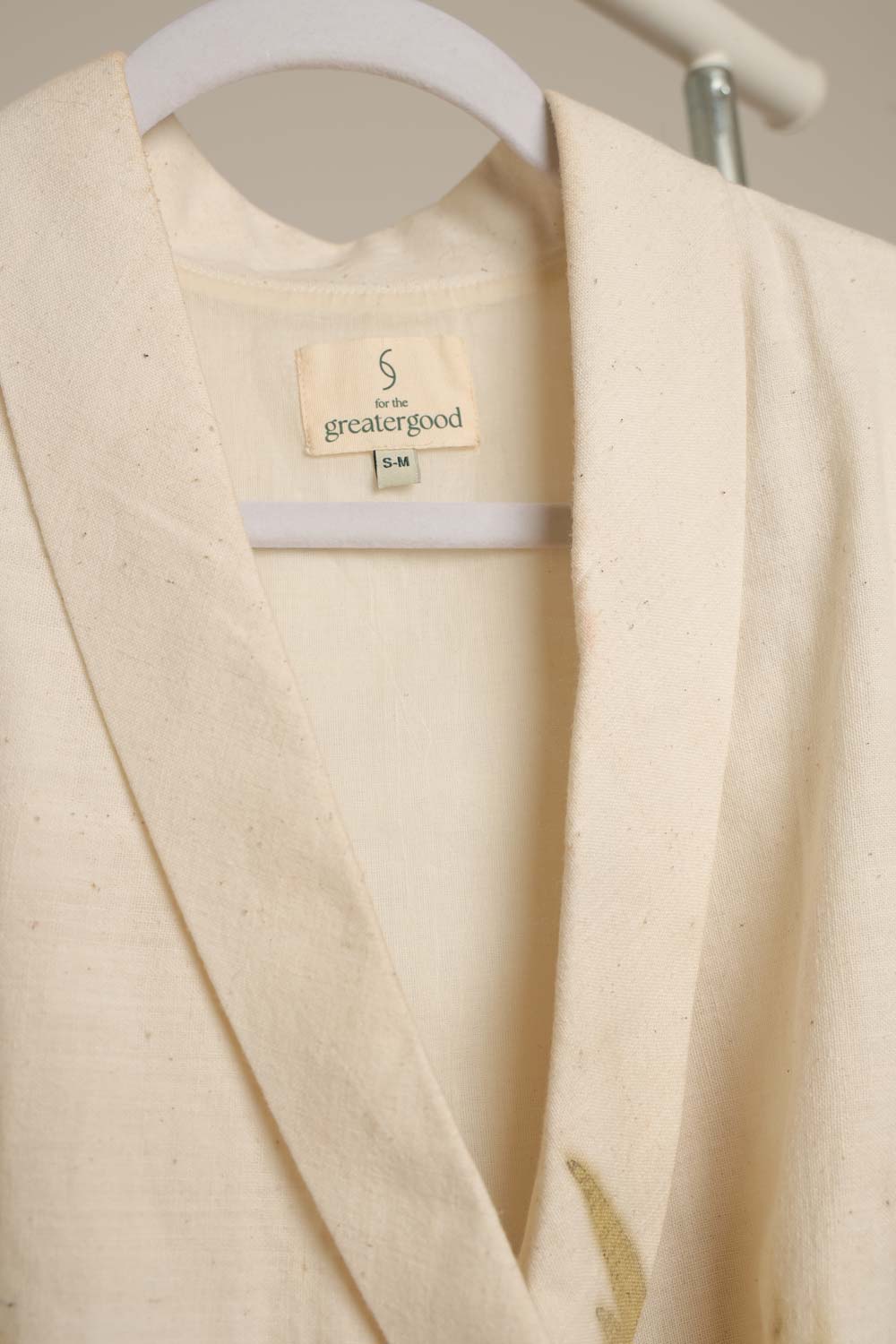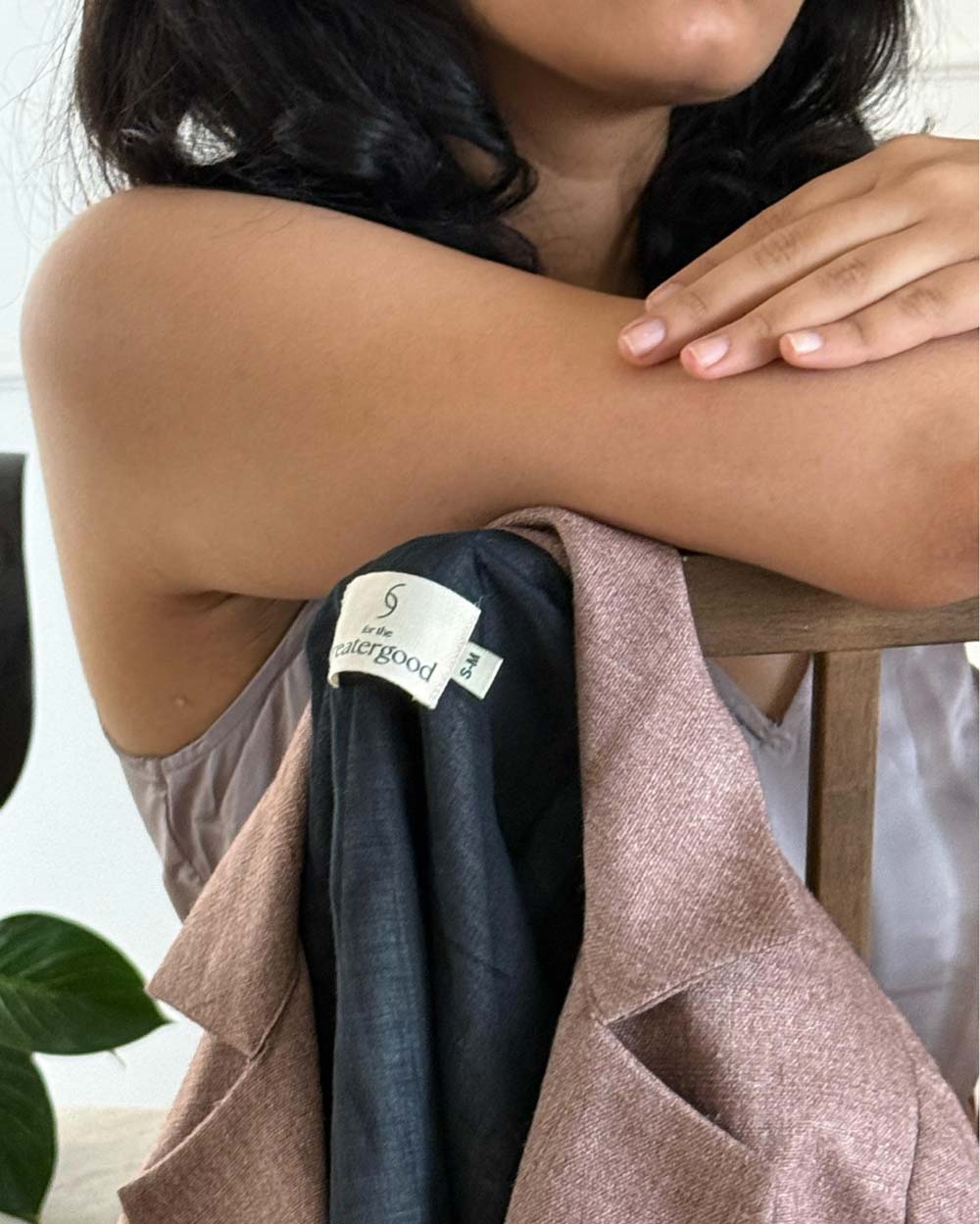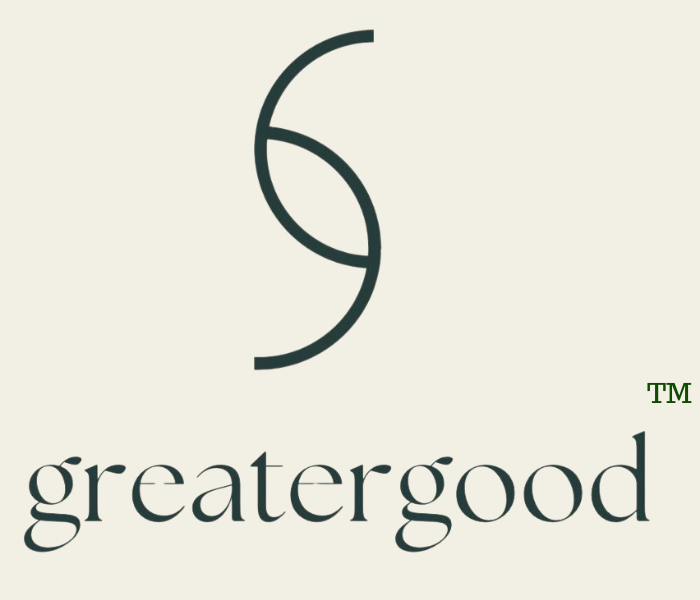Impact
ZERO WASTE
Greatergood focuses on The zero waste approach in manufacturing aiming to eliminate waste at every stage of the production cycle — from design to disposal.
Traditional pattern making can waste 10–30% of fabric, but zero-waste design aims for 0% waste, aligning perfectly with sustainability and circular design principles.
- Create patterns that use entire fabric lengths with no leftover scraps.
- Adopt modular or multifunctional garment designs that reduce material waste.
- Use biodegradable or recyclable fabrics that fit into circular systems.
- Avoid blends that are difficult to recycle or separate
- Optimize cutting layouts and digital pattern-making to reduce waste.
Patterns are made to fit together like puzzle pieces, using all of the fabric with no offcuts, Also called zero-waste pattern cutting


CARBON
Carbon emissions are one of the most pressing environmental challenges in the fashion industry, stemming from every stage of a garment’s life cycle.
Energy use
Natural dyes don’t release harmful chemicals into water or soil, making them safe for ecosystems and workers.
Renewable & Local
Can be sourced from locally grown plants or agricultural waste, supporting local economies and reducing carbon footprint.
Skin-Friendly
Natural dyes are gentler on skin, making them ideal for sensitive skin and infant wear.
Minimal Processing
Unlike synthetic dyes (even azo-free), natural dyes require less industrial processing, reducing energy and water consumption if done traditionally.
Dyeing
Natural or azo-free dyes reduce water heating and chemical usage.
Designs
We encourage Repairable, timeless designs inspired by nature elements to reduce the need for fast fashion cycles and the need for frequent replacement.
MICRO PLASTICS
Microplastics are tiny plastic particles—less than 5 millimeters in size—that have become a major environmental concern, particularly linked to the fashion industry’s reliance on synthetic fibers
Each time these fabrics are washed, thousands of microscopic fibers are released into wastewater systems, eventually entering rivers, oceans, and even the food chain. One load of laundry with synthetic clothes can release up to 700,000 microfibers into wastewater —
Sustainable Fabrics are completely biodegradable and don’t shed plastic microfibers.Reducing microplastic pollution involves a combination of material innovation, responsible consumer behavior, and improved filtration systems. These break down naturally in the environment, unlike synthetics.


PACKAGING
Compostable packaging is made from natural, renewable materials that biodegrade into nutrient-rich compost under specific conditions — leaving no toxic residue or microplastics behind.compostable materials fully return to the earth as organic matter.
Unlike conventional plastic packaging that lingers in landfills for centuries, compostable alternatives are made from renewable, plant-based materials. When disposed of correctly, these materials break down into natural elements—carbon dioxide, water, and organic matter—within a controlled composting environment, leaving no toxic residue behind.
CHEMICAL
We support Organic farming practices avoiding the use of synthetic fertilisers, pesticides and herbicides for the soil organisms to remain alive.
- DYES : Use of azo free, vegetable based dyes and low impact dyes avoiding heavy metals
- FABRICS : Our Fabrics are completely biodegradable since there’s no chemical usage
- ORGANIC : Since we use all natural and toxin free methods safe on skin and fewer flare ups compared to synthetic fabrics
Greatergood uses compostable cornstarch, seed paper and upcycled leftover fabric as packaging:
- Low carbon footprint: Made from renewable crops instead of fossil fuels.
- Reduced water pollution: Breaks down safely without chemical leaching.
- Improves soil health: Compost enriches the soil with carbon and nutrients.
- Zero microplastics: Completely disappears — no long-term residue.
- Supports circularity: Turns waste into nourishment.
- footprint : higher carbon footprint as compared to petroleum based products
- WATER( how sustainable uses less, organic uses less, dyeing and washing)
